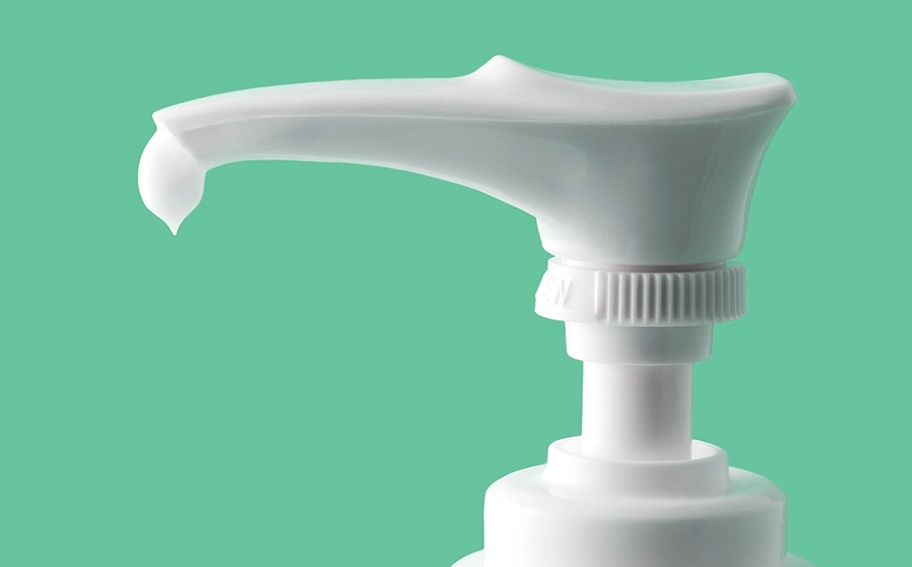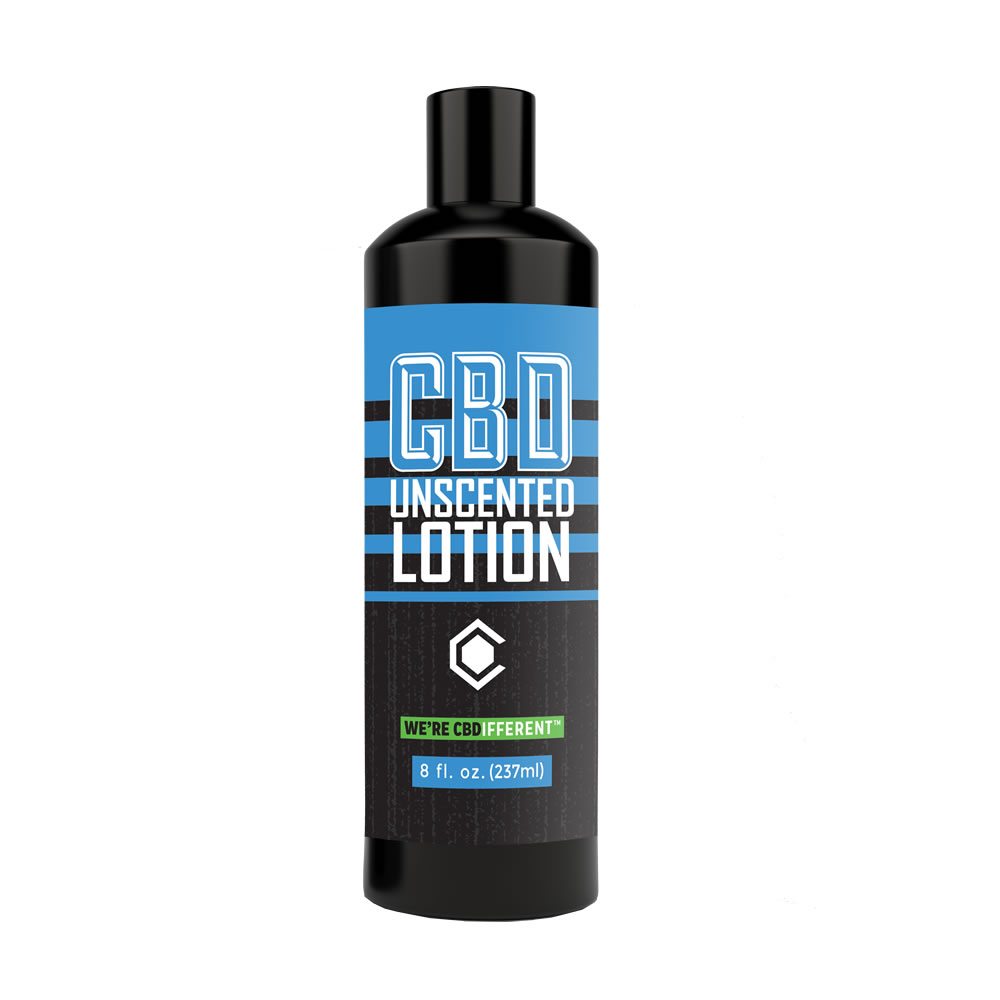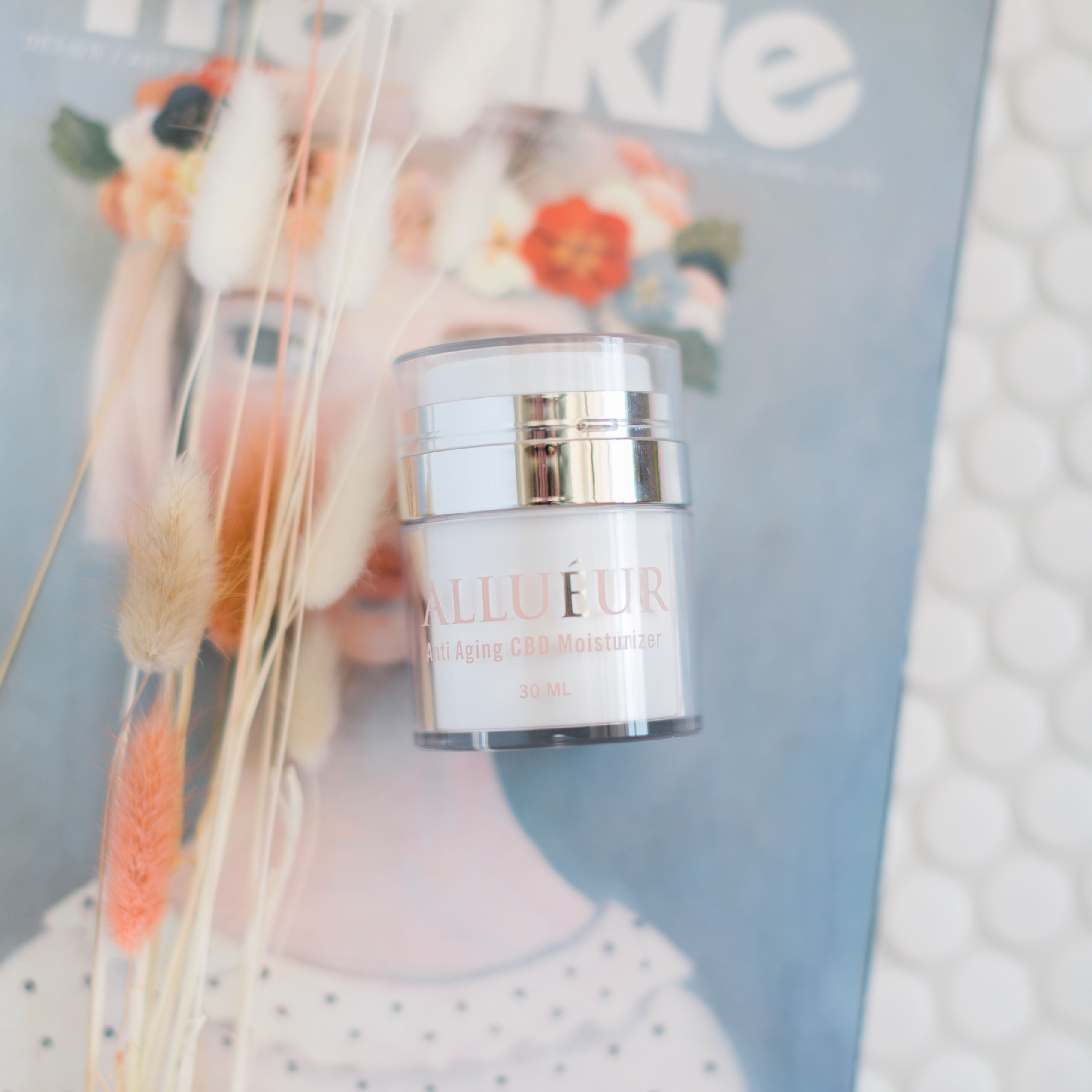
You don’t need to be a registered dermatologist in order to understand your skin or the products you use on it. But between clever marketing and confusing industry jargon, choosing the right CBD topical can be a challenge for even the savviest shopper.
However, it’s not impossible. Making an informed decision about what to buy is much easier when you know what to look for — and what to avoid.
If you want to buy the best possible CBD product for your skin, here are some important questions you can ask to ensure that it’s the right one for you.
How Much CBD Is In My Topical Cream?
If one topical contains 10 mg of CBD oil, while another contains 50 mg, it doesn’t take a math genius to see which is better, right?
Unfortunately, it’s not quite that simple. For one, there’s the size of the product to consider — 10 mg in a tiny jar will go further than 50 mg in a giant tub. Another important factor is the amount of CBD contained “per use.” Even if that giant tub contains 100 mg, it won’t do you much good if you’re only supposed to put a tiny dab on your cheeks.
At the moment, the Food and Drug Administration (FDA) hasn’t released any information on a recommended daily dosage of CBD, despite pleas from the industry for clearer guidelines and more regulation. However, experts say that you should start with a dose of around 5 mg and work your way up from there.
What Kind of CBD Is It?
CBD can be derived from both the hemp and marijuana plants, and in general, the latter is better (since it contains a greater amount to start with). However, hemp-derived CBD can also be effective — if you get the right kind. There are several different varieties, though, so you’ll want to choose carefully.
Full Spectrum CBD Oil
This type of oil contains all the plant’s cannabinoids, which are naturally-occurring chemicals that give cannabis many of its medicinal properties. There are at least 113 of these, but the best-known ones are non-psychoactive CBD and its psychoactive counterpart, THC. Although it’s only present in small quantities (generally less than 0.3 percent), THC is the reason full spectrum oils are generally considered the most effective for treating pain, inflammation, and other ailments.
If you’re wondering why, it’s because of the entourage effect, which refers to the interaction between THC and the other cannabinoids. Essentially, it means that even a tiny amount of THC helps the others reach their full health-boosting potential (and they, in turn, bring out the best in THC).
Partial Spectrum CBD Oil
Sometimes referred to as “broad spectrum”, this type of oil contains CBD plus a variety of other cannabinoids — but no THC. Partial spectrum oils are often customized for specific purposes (like pain relief or anti-inflammation), and as a result they contain only the cannabinoids that are suited for such a task.
This seems like it would be a good option — especially for people who want to avoid any contact with THC — but it does mean that you’ll be missing out on the benefits of the entourage effect.
Pure CBD
Also known as “CBD isolate,” this is exactly what it sounds like — an oil that contains no other cannabinoids except for the one in its name. These are often marketed as the “safest” and “most natural” option, with the connotation that other forms of CBD oil could have unwanted psychoactive effects.
To put it simply: this isn’t true. And while pure CBD certainly won’t cause you any problems, it’s also much less likely to do anything useful.
What Other Ingredients Are In It?
Skin care products usually contain a complex cocktail of ingredients. So, if you’re perusing the aisle for the best topical CBD cream, you need to not only check that the CBD is ticking all of your boxes, but also that the other ingredients make sense, too.
If you’re on the hunt for an anti-aging product, a CBD retinol is an ideal choice. If you’re looking for a gentle but effective exfoliator, a CBD glycolic would be perfect. Choosing products made with other plant-derived, natural extracts is also a good idea. Many contain ingredients like olive oil or coconut oil that are highly beneficial in their own right.
But what if none of those options seem appealing? There’s good news: your list of choices is growing longer every day. CBD charcoal topicals are now available in stores across the country, while even traditional Korean skin care products are getting the CBD treatment.
Walk into any beauty shop, and chances are you’ll find something that suits your tastes (and budget.) If by some chance you’re still left unsatisfied, don’t despair — making your own CBD topical is less intimidating than you might think, even if you’re not an experienced DIYer.
How (and When) Should I Use It?
If you excitedly pick up your first CBD serum in your local drug store and rush home to apply it before heading out to the movies, you’ll be disappointed to discover that your face is an oily mess and the product just isn’t absorbing like you’d assumed it would. Understanding the requirements of different types of products will help you to choose one that suits your needs and meets your expectations.
Each product will come with its own set of instructions for use, but there is a general rule of thumb when it comes to applying topicals: the heavier the product, the more time it needs to be absorbed. Oil-based products should be used before bedtime and never immediately before applying cosmetics (to avoid pilling). Water-based products can be used in the morning before you put on your makeup.
A gentle tingle is always a good sign when using a new product — this means it’s working — but anything close to a painful stinging sensation should be immediately rinsed off with warm water. The skin is hardy in many ways, but sensitive in others. So, be sure to follow instructions carefully and stop using new products if they don’t feel good.



